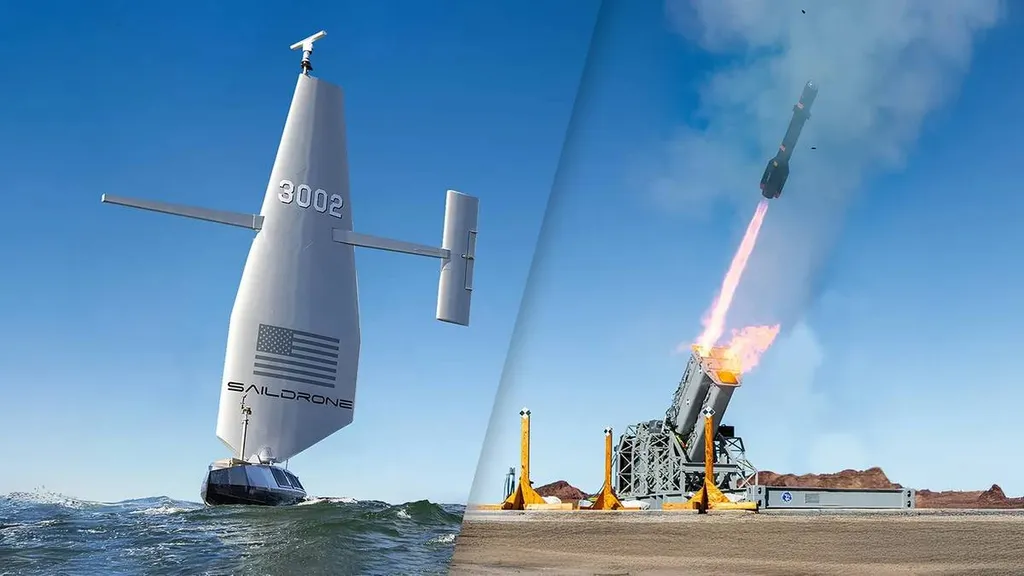Richard Jenkins, founder and CEO of Saildrone, has just dropped a bombshell: Lockheed Martin is pouring $50 million into the company, and it’s not just about cash—it’s about marrying cutting-edge defense tech with Saildrone’s battle-tested unmanned surface vehicles (USVs). This isn’t just another investment; it’s a strategic pivot that could redefine maritime defense.
Let’s rewind to 2013, when Saildrone’s first USV sailed from San Francisco to Hawaii, proving that wind-powered endurance could unlock near-infinite ocean access. Jenkins saw the potential immediately—defense and security applications were at the top of the list. The oceans are vast, largely unmonitored, and riddled with threats. An unmanned solution was the obvious answer, keeping humans out of harm’s way while providing persistent surveillance. But the US Navy wasn’t convinced. “We have big ships with big guns, how could we possibly use a small, unmanned sailboat?” they asked in 2014. Undeterred, Saildrone pivoted to meteorological and ocean measurements (METOCEAN), partnering with NOAA to collect critical data in some of the harshest environments on Earth. The Arctic, the Southern Ocean, hurricane eyewalls—these weren’t just test grounds; they were proving grounds. Each mission hardened the technology, pushing endurance and reliability to new limits.
By 2020, Saildrone was proving its mettle in real-world operations. RIMPAC, the world’s largest maritime exercise, saw Saildrone USVs in action, and the US Coast Guard signed on for a demonstration contract. COVID-19 became an unexpected accelerator. While ships were stuck in port, Saildrone’s fleet kept running, collecting vital data remotely—like the Alaska pollock stock survey, which directly impacted fishing quotas and industry revenue. The US government took notice, and by 2021, Saildrone was working with Task Force 59, clocking millions of hours on mission against real-world adversaries.
But Jenkins isn’t stopping at intelligence gathering. The world has grown more unstable, and threats have evolved. Now, Saildrone is augmenting its systems with firepower—not just for deterrence, but for decisive strike capability. This isn’t a pivot; it’s the next logical step. Saildrone began designing a larger, faster USV in 2020, capable of delivering warship-like capabilities. With Lockheed Martin’s defense payloads, the partnership is poised to deliver integrated, battle-ready solutions to the US Navy. Construction on the new vessel begins at Austal USA in Q1 2026, and while details are under wraps, the implications are clear: Saildrone is no longer just a data collector—it’s a force multiplier.
This investment isn’t just about funding; it’s about validation. The US Navy’s initial skepticism has given way to urgency. The need for unmanned, persistent, and lethal maritime capabilities is no longer theoretical—it’s operational. With Lockheed Martin’s backing, Saildrone is set to redefine what’s possible in maritime defense. The question now isn’t whether unmanned systems will play a critical role in future naval strategy—it’s how quickly they can scale.

